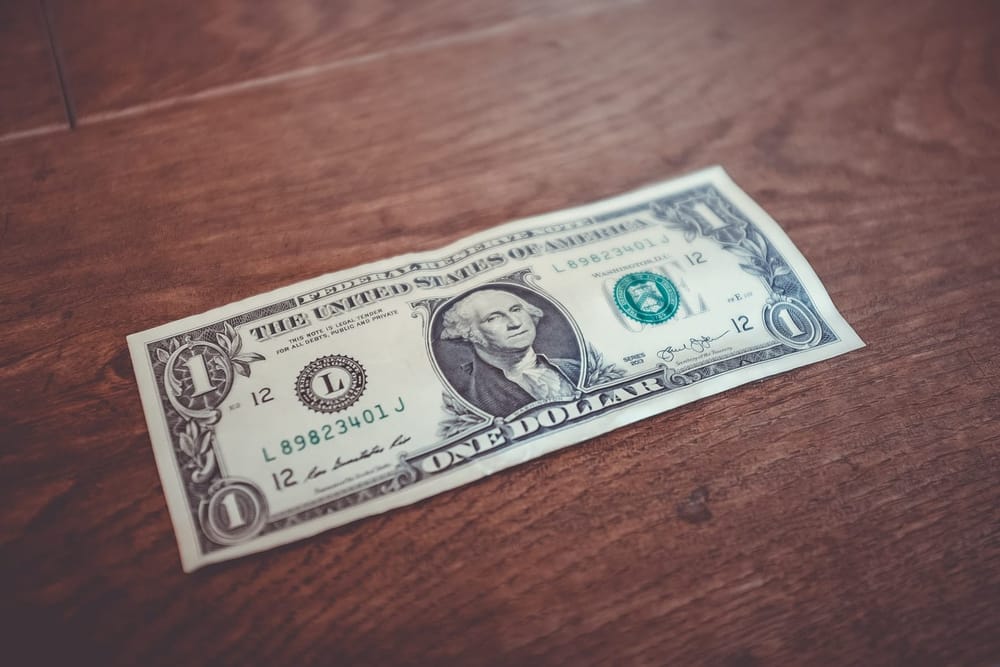
What is an inverted yield curve recession
What Is An Inverted Yield Curve Recession
The yield curve is a visual illustration of yields for similar bonds that have varying maturities, also known as an interest rate term structure. In a standard yield curve, the line is going up, indicating that long-term interest rates are often higher than their short-term counterparts, resulting from long-term investments with higher risk and liquidity premiums.
When the yield curve slopes in the opposite direction, it shows the reverse scenario: long-term interest rates are now lower than their short-term equivalents.
This type of curve is the least common among the three key curve types and signifies a looming economic recession. Because inverted yield curves aren’t seen very often, it usually alerts the entire financial community.
Inverted Yield Curves: An In-Depth Look
History tells us that yield curve inversions have predicted recessions in the United States. Because of this documented link, the yield curve is mainly seen as a method of forecasting business cycles.
An inverted yield curve indicates that investors believe short-term interest rates will drop steeply at certain times in the future. Practically speaking, recessions are known to drag interest rates down, and yield curve inversions are succeeded by recessions more often than not.
As mentioned, yield curves may be used for debt instruments with similar credit quality but different maturities. The most widely used yield curves are those that are risk-averse. This is because they give the most accurate signal – that is, a signal oblivious to other issues that can impact a specific debt type. In most cases, this refers to Treasury securities, the Federal funds rate, or any other Fed-related rates.
Yield Theories
When the shape of a yield curve changes, so does the economy’s health. The usual ascending yield curve represents a growing economy. There are two main economic theories that can clear up questions about the yield curve’s shape:
- The pure expectations theory
- The liquidity preference theory
According to the pure expectations theory, future long-term rates are an average of anticipated short-term rates with the same total maturities. At the same time, the latter says investors will want a premium on their longer-term bond yields in exchange for the restrained liquidity.
When combined, both can shed light on a yield curve’s shape, reflecting the investor’s present preferences and expectations, and also why the curve extends to the right during ordinary circumstances.
In typical economic growth scenarios, particularly when Fed monetary policy pulls down interest rates and energizes the economy, the yield curve points up for two reasons.
Premium Yield, Longer Maturities
Investors want a premium yield on bonds with longer maturities. They believe the Fed will eventually increase short-term rates to prevent an overheated economy, runaway inflation, or both. When this happens, liquidity preference and expectations feed off each other and help a yield curve slope up.
As soon as signs an overheated economy surface or when investors have any other reason to think that a short-term Fed rate increase is near, market expectations then start moving the other way as liquidity preference.
The yield curve straightens or, if the impact is too strong, enters the negative. This forms an inverted curve. Investors start expecting that the Fed’s efforts to manage the overheated economy through higher short term rates will regulate economic movement.
Then interest rates will again be reduced to keep the slowdown from leading into a recession. When investors think a decrease in short-term interest rates is likely to occur, long-term yields will drop, and current short-term yields will rise, thus flattening or even inverting the curve.
It is very reasonable to think that interest rates will drop in a recession. Therefore, during a recession, stocks will not be as appealing, increasing the chances of a bearish market. That heightens the demand for bonds, which, in turn, boosts prices and diminishes yields. The Fed Reserve also usually cuts short-term interest rates as a way to rouse the economy in a recession.
As an effect, long-term bonds become more attractive, thus raising their prices and lowering yields before a recession.
What an Inverted Yield Curve Really Means
This curve is a classic sign of an impending recession. Over the last half-century, the U.S. curve has flipped ahead of each recession, setting off a false alarm but once within that period. When short-term yields are higher than longer-term ones, it means short-term borrowing has become pricier than longer-term loans.
Under such a situation, companies usually find it costlier to finance their operations, with executives often moderating or putting off investments. The costs of consumer borrowing also go up while consumer spending, which is behind more than 66% of the country’s economic activity, slows down. After some time, the economy shrinks, and unemployment rates soar.
Reasons Behind the Curve
Whenever a central bank like the U.S. Fed Reserve sets interest rate policies, it is shorter-dated securities that are most affected. On the other hand, longer-term securities are likely to be more sensitive to inflation predictions by investors, considering bondholders are averse to inflation.
Hence, when the Fed increases rates as it has been doing, it pushes shorter-term bond yields to the front of the curve. Once future inflation is viewed as controlled, investors are happy to take comparably reasonable yields on longer-term bonds found at the back.
The Two-Year, 10-Year Curve Explained
Rate moves are crucial to a two-year Treasury note, the shortest dated Treasury note, and the yield spread between this and the standard 10-year note has always been a favorite of market participants. However, many of these participants won’t probably trade shorter-term Treasury bills.
In any case, the said yield spread has always been a reliable signal that a recession is likely to occur within the next year or two.
Be that as it may, how three-month bills and 10-year notes manipulate the curve provides a very accurate picture of future weakness, with the Fed saying it is a more reliable indicator of a recession compared to the rest of the curve.
This section of the yield curve is more often correct in forecasting a recession within the next 12 months. However, the inversion usually stops just before the beginning of a recession, which means it can’t say how long or extreme the downturn will be.


